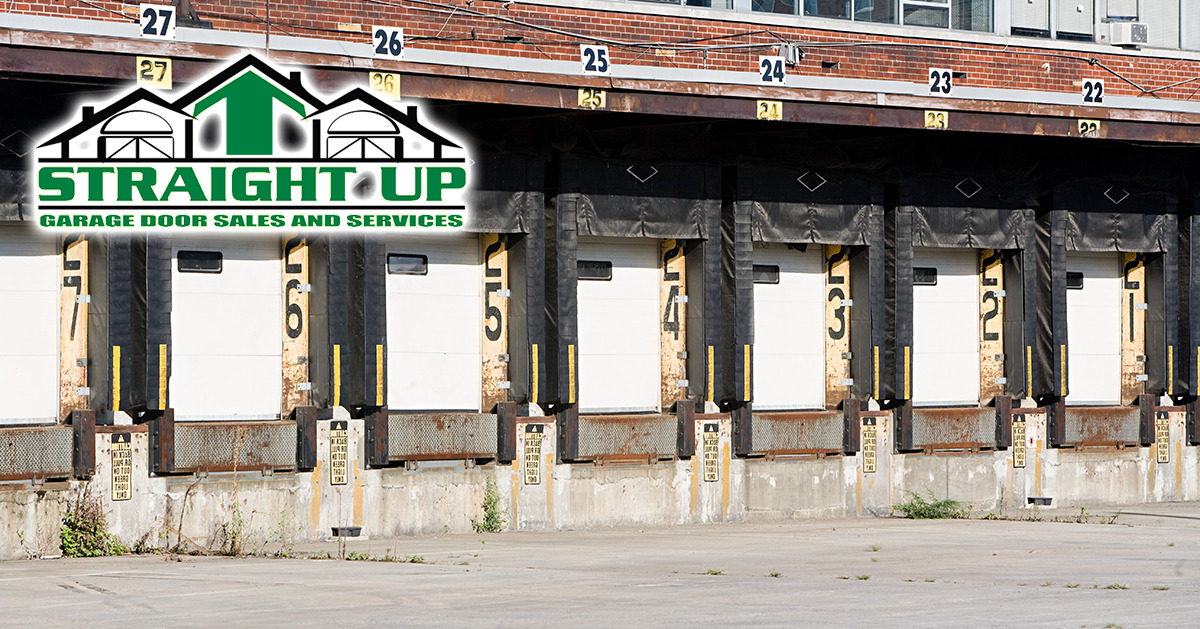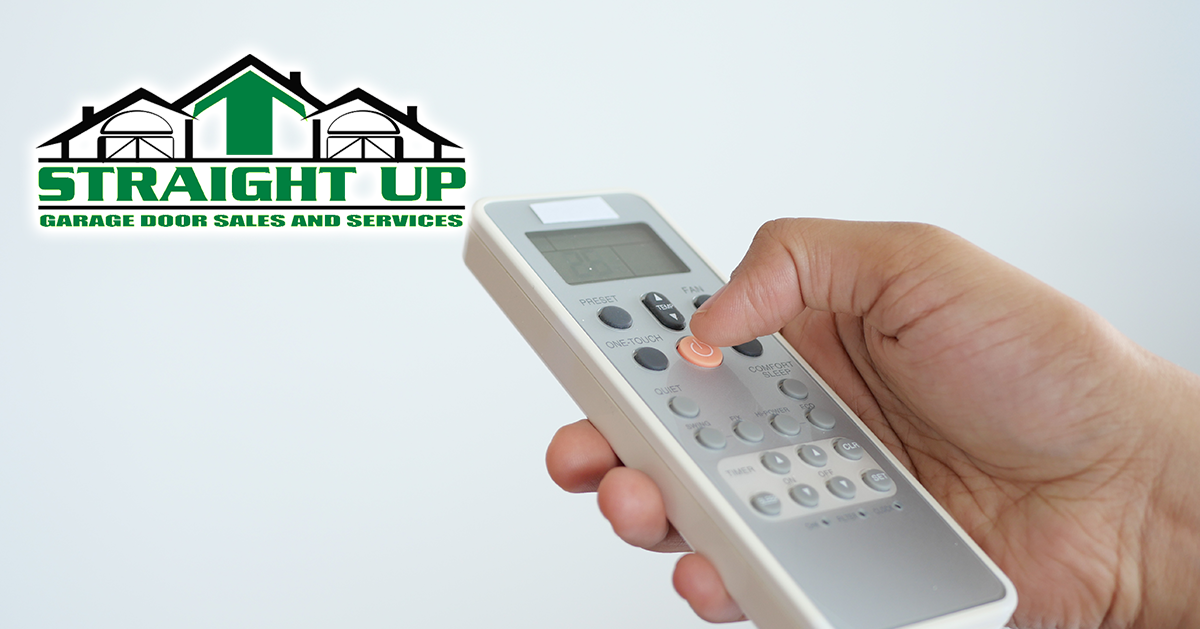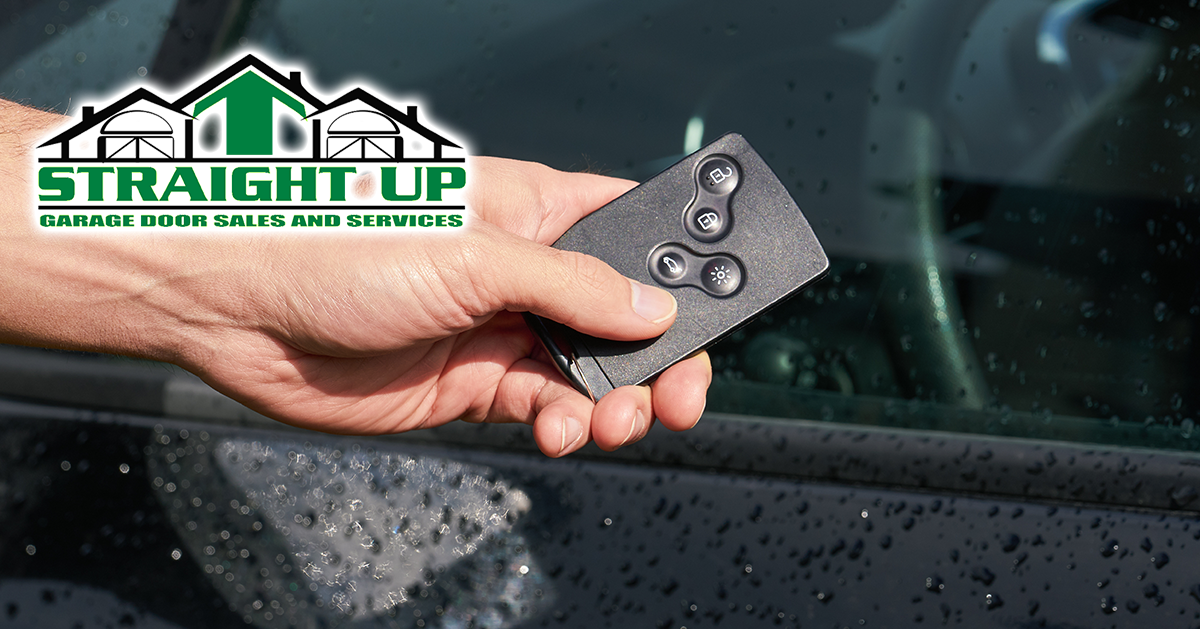You’ve come home to a series of ‘thuds’ from your garage once you pressed the opener instead of the usual smooth glide across the tracks. A worry crosses your mind, “What’s wrong? What broke?” Which is natural for any homeowner. Unfortunately, your garage door’s tracks are one of the most strained components in the entire mechanism, which makes garage track repair all the more important. They are under pressure from hundreds of pounds of metal and wood, a constant downward force attempting to push them out of the socket. Thankfully, the track can be a relatively easy item to repair compared to other specialist components like the springs or rollers. Read on to learn about the basics of garage track repair.
Clean The Tracks
First of all, before you begin searching for breaks, be sure to clean use a canister of compressed air to blow out any residual debris from the door’s operation. Something could likely have been lodged into the door’s tracks, blocking function – the tracks may not even be broken.
You can use wire brushes or other similar tools to help clean the tracks; they likely needed a good scrubbing either way.
Check for Obvious Damage
Something could have banged into the tracks at some point, and if that’s happened, the dent itself might be restricting the movement of the rollers and wheels. If you have something like a chisel on hand, you might have some success banging out the dents. Some heat might also be helpful in this situation, but only moderate amounts. For instance, you could boil a pot of water and pour it over the problem area to soften the metal slightly for hammering. Though careful. Too much, and you might warp the rest of the tracks that weren’t damaged.
Leveling
If your track still isn’t getting results, the track’s alignment might be off. Take a carpenter’s level to it and attempt to estimate the general fluidness of its seams. If something seems off, a recommendation would be to tighten the holding screws to see if you can get them realigned correctly for smooth operation.
Squeaky
After cleaning, and provided you’ve managed to get it working again, it might be a good idea to grease up the track and perform some other general garage door maintenance, like tightening the rest of the screws and checking for other issues at hand. Be sure to liberally grease the tracks during this maintenance period to ensure that it has continued, smooth operation without damage to the wheels from friction.
Checked Out, Didn’t Work.
If your attempt at repair gets you nowhere, now might be the time to do further research on potential issues. This might also mean that the tracks were too damaged to be repaired by simple means. In this situation you might consider removing the track entirely and attempting to manually bend it back into place with more precision using other tools. Though this seems like too much of a hassle, it’s also acceptable to buy replacement tracks from the local hardware stores. Provided that the branch is big enough, they might carry precisely what you need, or at least have the ability to get ahold of replacement parts in a somewhat timely manner.
Can’t Figure It Out
The tracks didn’t work, and the garage door still isn’t moving. It’s at this point, you might need to consider that the internal mechanisms of your door might be the underlying cause instead of the tracks. Anything like a jam, a stuck wheel, or something more sinister could be occurring beneath the mechanisms. Now is the time you should begin thinking of contacting a specialist to look at the damages that might’ve happened for you.
Be warned, attempting to take on more extensive garage door repairs is ill-advised. These rigs contain tension-stressed springs that can do extreme damage if allowed free from their coils. Please do not attempt to take apart the garage door yourself; it requires specialized tools that aren’t readily available for the everyday consumer.





